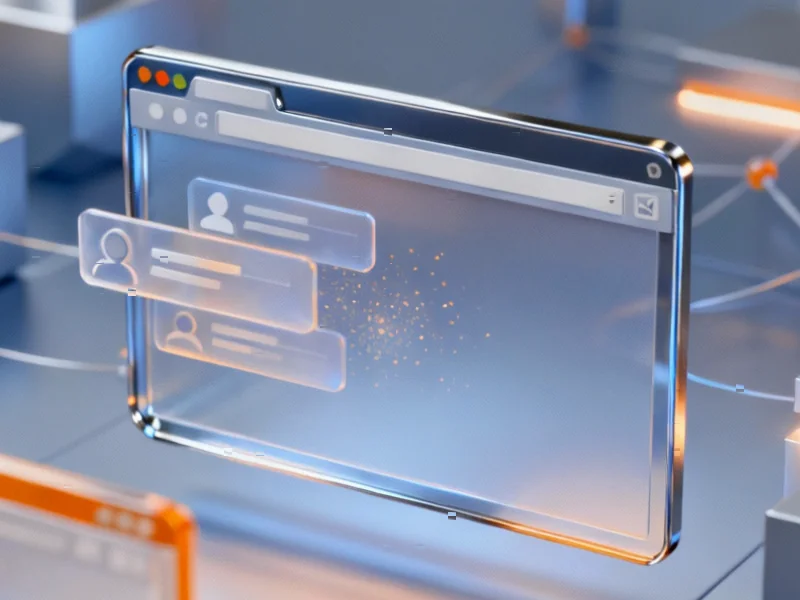According to Inc, Sausalito-based landscape design platform Yardzen has shifted its strategy to emphasize human touchpoints after watching AI-only competitors emerge in recent years. Founded in 2018 by Allison and Adam Messner, the company initially operated with a remote, hands-off customer journey where clients would select packages ranging from $295 to $2,495 and receive designs from approximately 200 contract landscape designers. Following its acquisition by Oldcastle APG in November 2024, Yardzen began transitioning client support team members into customer-facing project manager roles in summer 2025. Since launching this service in August, the company has seen a 28% increase in website conversion rates, with 94% of customers now choosing project manager-guided packages over cheaper alternatives.
The Human-Automation Paradox in Tech Strategy
Yardzen’s experience reveals a critical insight that many technology companies miss: automation and human touch aren’t mutually exclusive, but rather complementary forces. The company’s initial hands-off approach reflected a common tech startup assumption that efficiency and scalability should trump personal interaction. However, as the market matured and AI competitors emerged, Yardzen discovered that their human designers represented their most defensible competitive advantage. This demonstrates a broader industry pattern where companies that successfully integrate human oversight with automated systems often outperform pure-automation competitors, particularly in service-intensive industries where customer anxiety and complex decision-making require nuanced human judgment.
Implementation Architecture and Service Design
The technical implementation of Yardzen’s pivot reveals sophisticated service design thinking. Rather than simply adding human support as an afterthought, they restructured their entire customer journey architecture. The project manager role functions as a strategic interface layer between automated systems and human expertise – coordinating between designers, contractors, and clients while leveraging the company’s existing technology platform. This hybrid approach maintains the scalability benefits of their digital infrastructure while adding the trust-building elements of personal relationships. The architecture suggests a modular service design where customers can choose their preferred level of human interaction, creating multiple price points and service tiers that cater to different customer comfort levels and project complexities.
Market Dynamics and Strategic Positioning
Yardzen’s strategic pivot reflects deeper market dynamics in the AI era. As AI tools become increasingly commoditized and accessible, the competitive advantage shifts from who has the best technology to who can best integrate that technology within human-centered service models. The landscape design market specifically involves high-stakes decisions with significant financial implications – homeowners investing thousands in permanent outdoor improvements want assurance that their vision will be properly interpreted and executed. Yardzen’s 94% customer preference for human-guided packages despite higher costs indicates that in certain markets, customers are willing to pay a premium for the psychological security of human oversight, even when the underlying design work might be technically comparable to AI-only alternatives.
Future Implications for Tech-Enabled Services
This case study suggests a broader trend for technology-enabled service businesses: the most sustainable competitive advantages may come from optimizing the human-machine interface rather than pursuing full automation. Companies that master the art of strategic human touchpoints – knowing exactly where and when human interaction adds disproportionate value – can create moats that pure-technology competitors struggle to cross. As AI capabilities continue to advance, the value of human judgment, emotional intelligence, and relationship-building skills may actually increase rather than decrease, particularly in domains involving creative collaboration, personal expression, and significant financial commitments. The future of service technology may lie not in replacing humans entirely, but in creating elegant systems that amplify human strengths while automating everything else.




